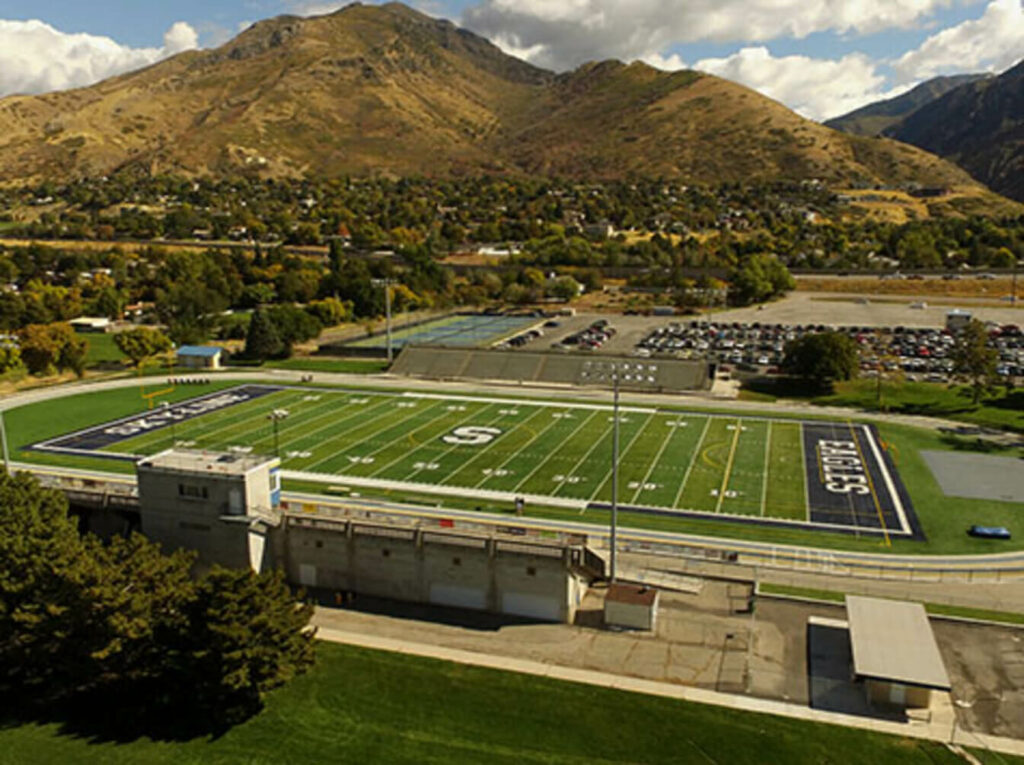State finds artificial turf presents no serious health risks

A state Department of Health report released this week found no significant health risks caused by crumb rubber infill used in many artificial turf fields.
The report found “less cancer among the soccer players than expected based on rates of cancer among Washington residents of the same ages. The finding does not suggest that soccer players, select and premier soccer players, or goalkeepers in Washington are at increased risk for cancer compared to the general population.”
Locally, three high schools — Mount Vernon, Sedro-Woolley and Anacortes — have artificial turf surfaces requiring infill. Mount Vernon and Sedro-Woolley use crumb rubber, and Anacortes a combination of cork and sand.
Though the state report is good news for those who use artificial turf fields, those who maintain the fields remain cautious because of other studies being conducted throughout the country.
“Really, we are still waiting for what’s to come,” Mount Vernon athletic director Chris Oliver said. “There is a lot of things going on right now and we just have to wait and see what comes of those. Then we’ll make the necessary decisions.”
The state report, “Investigation of Reported Cancer among Soccer Players in Washington State,” was spurred by former U.S. women’s national soccer team goalkeeper and current University of Washington associate head coach Amy Griffin.
In 2009, Griffin began compiling a list of athletes who had played on fields with crumb rubber infill and had been diagnosed with cancer.
The list began when two goalkeepers she knew were diagnosed with lymphoma. Others followed and her list ballooned from five to 53 as of 2016, most of whom played soccer.
Griffin’s list of players from Washington spurred the Department of Health’s investigation, which took about a year to complete.
By the state’s own admission, its investigation was limited and did not include any study of rubber crumble material.
“Assurances of the safety of artificial turf, however, are limited by the lack of adequate information on potential toxicity and exposure,” the report said.
Mount Vernon replaced its artificial turf surface in 2014. Oliver said the percentage of crumb rubber to sand in the new surface is substantially lower.
“There’s more sand,” he said. “At the time when these sorts of concerns in regards to the surface’s safety were being made, I contacted the company and they reassured us of its safety.
“The company that put it in has been very forward and open with us. They sent us their own research results and told us it’s ongoing.”
Oliver said he’s been approached by parents of school athletes about safety concerns.
“I let them know exactly what I do,” he said.
Sedro-Woolley athletic director Jerry Gardner said he has had no inquiries about the crumb rubber infill used when the artificial turf field was installed in 2013. The material used is the same used at CenturyLink Field in Seattle.
“To my knowledge there hasn’t been any concern raised,” he said. “It’s all been good. Of course, I wasn’t the athletic director when the field was put in and for a period of time afterward. Nothing has come across my desk in the 16 months I have been here.”
Anacortes athletic director Erik Titus said the reason his school chose a different kind of infill — cork and sand rather than crumb rubber — was because of concerns with crumb rubber. The school installed the turf last fall.
“Crumb rubber is definitely a hot-button topic,” he said. “A big reason why we went with cork was simply not knowing about all the possible effects of crumb rubber.”
That being said, Titus said there may be unknown effects in regards to cork as well.
Again, no one really knows.
“Going with cork was certainly more expensive (than crumb rubber),” Titus said. “But the health of our students made it the obvious choice. The Edmonds area has a moratorium on crumb rubber.
“We had lots of information and we did a lot of research in making our decision.”
Anacortes even looked into Nike Grind Synthetic Turf — comprised of recycled shoes — as an option. Titus said that kind of turf is popular and there is as much as an 18-month waiting period involved in installation.
“They continue to find things out,” Titus said. “Our cork infill, it’s new and hasn’t really had a ton of use. So we will see over time. For us, it’s all about taking care of our kids and, with exposure to crumb rubber, who knows?”
Visit doh.wa.gov to read the report in its entirety.
orginal post from Skagit Valley Herald
Feel free to contact us
- 877-686-8873
- 146 Fairchild St., Suite 150 Daniel Island, SC 29492

